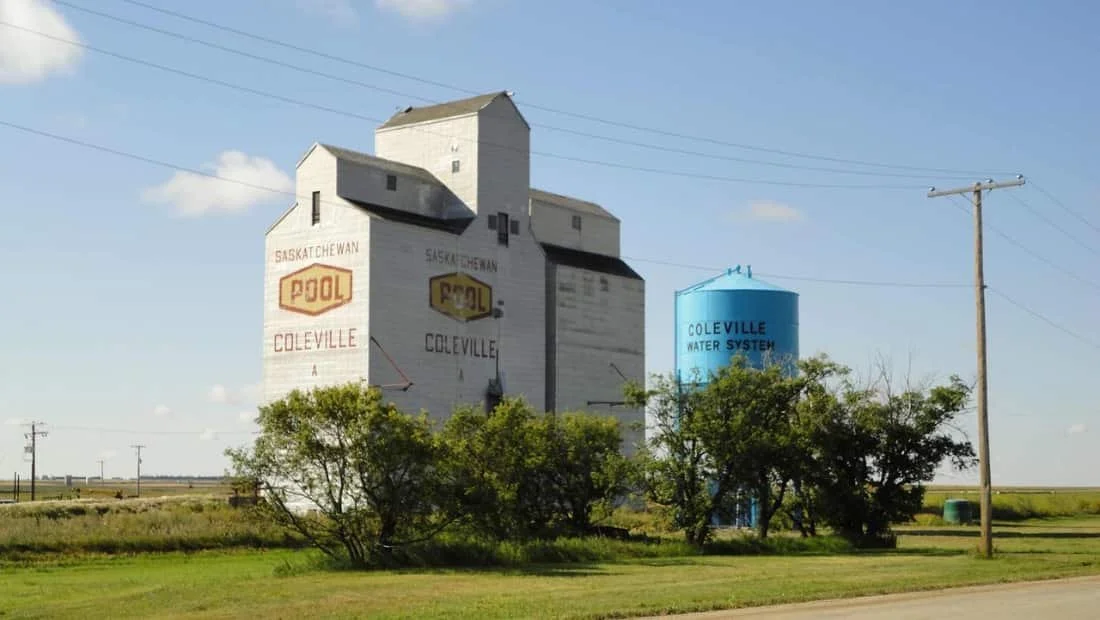Flare gas-to-power facility coming to Coleville area
By Joan Janzen
A new project called the Kopahawakenum Flare to Power Facility (KFP Facility) is coming to the Coleville area. KFP Facility is the largest of its kind in Saskatchewan and is expected to open in 2023. With an investment of $30 million, it is estimated that the project will create 50 jobs during construction, with 95 workers on-site during the peak of construction. After completion, it will create twenty jobs to operate the facility, complete gas gathering, and transport fuel.
Kowahawakenum means “kicking up the dust.” The Flying Dust First Nation (FDFN) is a Cree reserve located in northwest Saskatchewan. The First Nation Power Authority (FNPA) is partnering with Genalta Power Corp., the Government of Saskatchewan, and SaskPower. FNPA is a not-for-profit organization that works to include Indigenous people in Saskatchewan’s power sector and achieve sustainable economic development and community benefits.
SaskPower, FDFN, and Genalta signed a 20-year power purchase agreement for the 15-megawatt flare gas-to-power facility. Genalta and FDFN will build, own and manage the project while selling SaskPower the power produced. The project will provide much-needed revenue to the FDFN community for years to come.
The facility is estimated to generate power for 9,000 Saskatchewan homes, reduce emissions, and is an example of Saskatchewan’s world-class innovation. The KCF Facility will require about 4 million cubic ft of gas per day, resulting in the reduction of approx. 100,000 tones of carbon dioxide.
The compressed natural gas virtual pipeline utilized by the project will allow for the removal of flaring and venting across a broader area in the province, using as much of the energy from a barrel of oil as possible. A virtual pipeline is a substitute for a physical pipeline, serving as a solution where a pipeline is not yet available.
The virtual pipeline is a natural gas supply process in which natural gas is sourced from a transmission pipeline, dried, chilled, and compressed. The compressed gas is then loaded into high-tech carbon fibre tubes housed within a trailer. The compressed natural gas is then transported to a customer site where it is offloaded from the trailer, warmed, and decompressed, thus reducing the psi to accommodate a customer’s specific requirements.
Don Morgan, minister responsible for SaskPower, had noted the facility would use flare gas which would otherwise have been emitted into the atmosphere to create low-carbon baseload electricity. He also explained that the facility would enable the oil and gas operation to generate revenue and reduce its exposure to the carbon tax while contributing to the Province of Saskatchewan and SaskPower’s efforts to reduce emissions.
Photo courtesy RM of Oakdale

